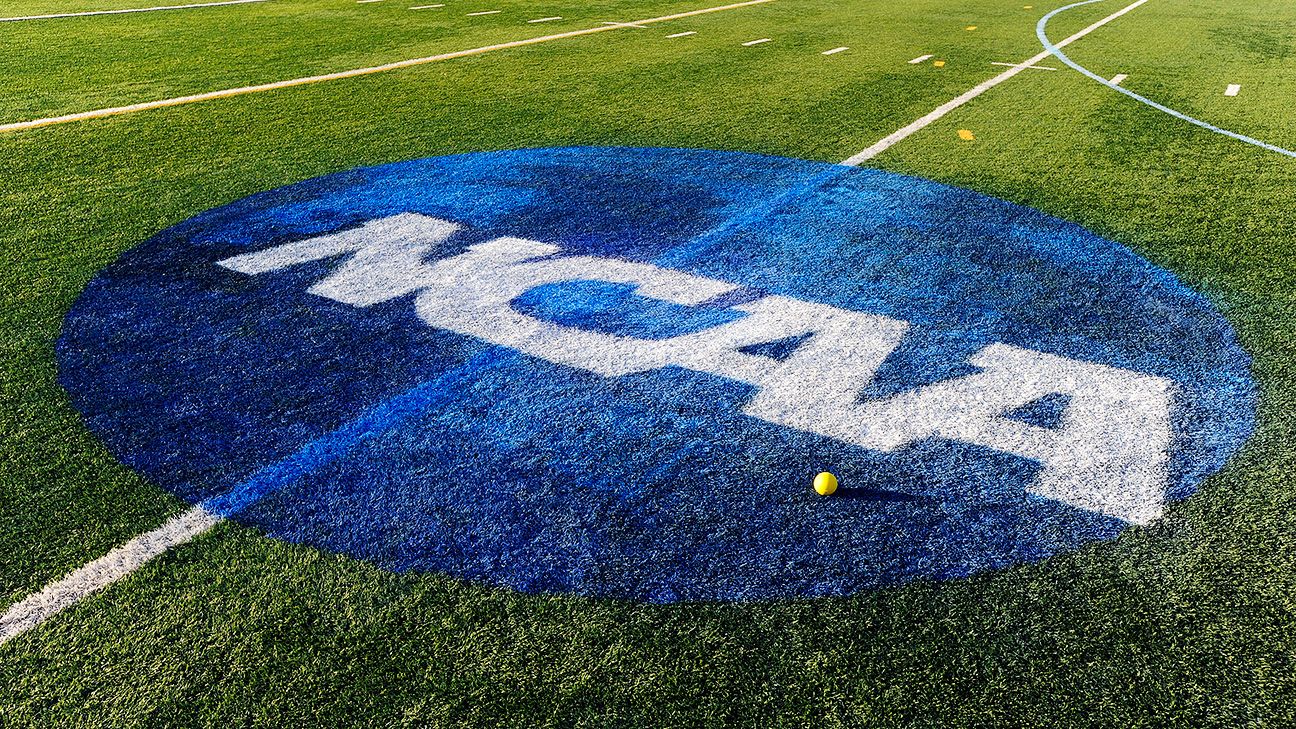The Knight Commission on Wednesday released a proposal to require the NCAA, the College Football Playoff and Division I conferences to restructure how they distribute more than $3 billion in annual revenue, a model designed to guide the NCAA as it considers sweeping changes to its current governance structure.
The commission’s report, titled “Connecting Athletics Revenues with the Educational Model of College Sports (C.A.R.E.),” aims to curb what it describes as “a runaway financial race that threatens to upend and undermine the educational model of college athletics.”
With an expected expansion of the CFP, which is managed separately from the NCAA, and increased media rights for FBS conferences, the Knight Commission estimated that annual distributions are likely to surpass $4.5 billion in the next several years.
“Burgeoning NCAA, CFP, and conference revenues will be spent disproportionately on coaching compensation and athletics facilities, propelling the competitive arms race of Division I college athletics and intensifying the trajectory towards a professional sports model,” the report stated.
The commission concluded that systemic change — not incremental reform — is necessary. It proposed five core principles of the model — transparency, independent oversight, gender equity, broad-based sports opportunities and financial responsibility — to be adopted “in law, regulation, and/or conference rules to guide the financial system.”
“Each of these principles is absent, in whole or in part, from the current system,” the report stated.
The C.A.R.E. model provided suggestions, not mandates, for the conferences to consider. One example was that conferences could require each Division I institution to spend an amount equal to at least 50% of “shared athletics revenue distributions” on the education, health, safety and well-being of college athletes and/or university academics.
Revenues that are received from the NCAA and/or CFP (either directly or indirectly via their conference), as well as conference-generated revenues from media contracts and conference tournaments, would constitute the “shared athletics revenue distribution” that is subject to the 50% standard. Data in the report shows that most Division I schools already meet that 50% requirement. The schools that don’t typically receive significantly higher amounts from shared revenue distributions and would be required to increase educational benefits, add scholarships or sports, or transfer funds to university academics.
Another example suggested was a “luxury tax” system on excessive coaching salaries, allowing for financial penalties for total coaching salaries that exceed a certain limit. The report suggested that the U.S. Congress or the conferences should adopt caps or minimum financial thresholds to limit sport-specific spending, and it recommended that the conference policies be publicly released and approved by a new independent oversight entity.
The report said that the entity should be led by a majority of people who are not employed by the NCAA, CFP, member institutions or media partners and at least one-third should comprise current and former college athletes.
The report specifically referenced the NCAA’s “discriminatory gender-based awards” in men’s and women’s basketball, pointing to the Basketball Performance Fund that currently awards more than $160 million annually for winning tournaments in men’s basketball. The C.A.R.E. model would require athletics revenue distribution to be equitable with regard to gender.
In order to create more “broad-based sports opportunities,” the model also suggests that financial incentives be established to reward schools for sponsoring more teams than the Division I membership minimums.
“Concrete and meaningful revenue distribution and spending requirements are necessary today because the financial structure and the incentives in Division I college sports are broken,” Knight Commission co-chair Nancy Zimpher said in a prepared statement. “The painful truth is that the existing governance at the NCAA, conference, and campus levels has failed to maintain an education-centric financial system.”
The C.A.R.E. model could be imposed by the U.S. Congress via legislation or by the individual conferences.
The commission presented its latest report to the NCAA’s constitutional committee members on Tuesday. It was also circulated among the top decision-makers in all of college athletics, including Mississippi State president Mark Keenum, who is the chair of the CFP board of managers, the NCAA’s board of governors, and the LEAD1 Association, which comprises 131 FBS athletic directors.
The Knight Commission also presented to the constitutional committee its proposal for a new governing entity for the sport of FBS football, one separate from the NCAA. In December, the commission concluded a yearlong study with the concept of having the NCAA govern all sports except football.
“My takeaway is they’re very serious about their task,” Knight Commission CEO Amy Perko said. “They understand that the last major restructuring of the NCAA that required very significant changes to the constitution was in 1973 when Divisions I, II and III were created. … They’re open to hearing the ideas, and we were impressed with their openness and their questions and their engaging discussion about this issue in terms of revenue distribution changes as well as the bold change we proposed in December with regard to separating FBS football out of the NCAA.”
